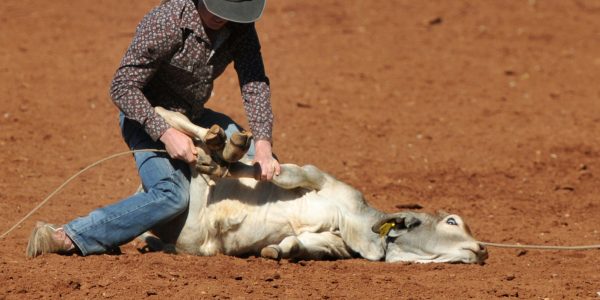Keep cup? Check. Reusable shopping bag? Check. Remembering to politely decline the plastic straw with your plant-powered smoothie? Getting there… So, what’s next? March 18 is Global Recycling Day and it’s the perfect time to learn more about plastic waste, and other small changes we can make to lessen our impact on animals and the planet.
Thinking about the global plastic pollution problem can seem overwhelming. There is the Great Pacific garbage patch, a floating collection of plastic rubbish that is said to be larger than the state of New South Wales. There are countless rescue videos online of sea animals needing to be freed from constricting plastic litter. And there are frightening predictions by experts that we could have more plastic in the oceans than fish, by the year 2050.
The good news is that with simple changes to our behaviour, we can reduce our impact on the ocean and help sea animals – from whales and dolphins, to seabirds and sardines.










